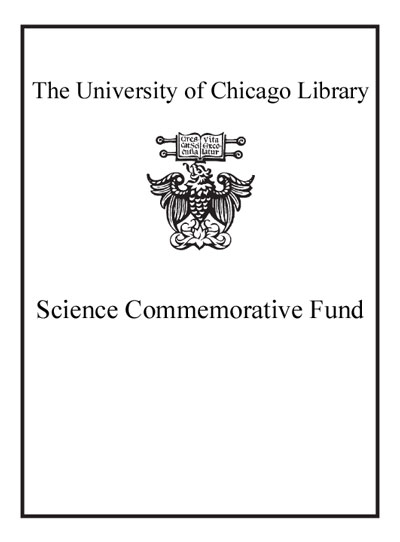| Summary: | On a September morning in 1973, a hospital administrator in New York City learned of a rogue experiment in progress at his institution, and he ordered the removal from an incubator of a test tube containing a frothy mixture of human eggs and sperm. Had the experiment been allowed to continue, it might have resulted in the first human fetus created through in vitro fertilization. In Pandora's Baby, the award-winning journalist Robin Marantz Henig tells the story of that confrontation, which ushered in a new era in reproductive technology. She takes us back to the early days of IVF, when the procedure was viewed as crackpot science and its pioneers as outsiders in the medical world. Henig lays out the ethical and political battlefield of the 1970s -- a battlefield that is recreated with each new technology -- and traces the sea change that has occurred in the public perception of "test tube babies." It is a human story, of men and women grappling with the moral implications of a scientific discovery: researchers, couples yearning for babies, hospital administrators, and bioethicists. Through these people Henig brings to life the argument made most forcefully against IVF in the early days: that it was the first step down the slippery slope toward genetic engineering, designer babies, and human clones. Even though this argument is worrisome and antiprogressive, Henig says, many of its most scary prophecies seem to be coming true.<br> Pandora's Baby is a compelling story from the not-so-distant past that brilliantly presents the scientific and ethical dilemmas we confront ever more starkly as germ-line engineering and human cloning become possible.
|
|---|


